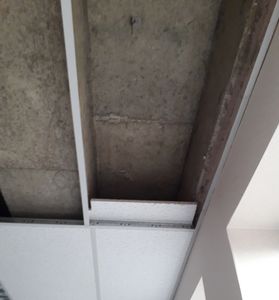concrete dust sampling
Excel Building Surveying Ltd have recently been commissioned to complete concrete dust sampling at numerous sites including, London, Frankfurt, Norwich, Nottingham, York, Orpington, Bournemouth, Rustington, Edmonton, Maidstone and Newmarket. The above sites include carparks, office blocks, warehouses, factories, blocks of flats, houses and shopping centres. All were requested in order to determine the condition of concrete as part of due diligence either prior to purchase or refurbishment, stock condition or end of lease/ delapidations. Dust samples may be bulk or graduated. Graduation is typically from 5 to 25mm, 25mm to 50mm and 50mm to 75mm. Bulk samples are without graduation. The purpose of graduation is to try to gain an indication of chloride concentration through an element and thereby determine whether chlorides are cast-in or diffused into the concrete. Graduation also provides an indication of the chloride Ion concentration at reinforcement depth. Samples are usually collected into sealable plastic bags, provided unique identification and later forwarded to the laboratory for analysis to determine chloride Ion concentration, high alumina cement presence, sulfate content, ph, cement content, cement and aggregate type and any other issues which may be contributory to reinforcement corrosion. The depth of carbonation is usually measured at each sample position using phenolphthalein solution as an indicator; phenolphthalein remains clear on carbonated concrete and turns pink on non-carbonated concrete. The depth of concrete cover to reinforcement is also usually measured at each dust sample position using Proceq Profoscope electromagnetic cover meter equipment. Dust sample holes are usually small diameter (typically 16mm) and are easily reinstated using a proprietary acrylic fibre reinforced lightweight mortar. Representative sample positions are usually seleted by the experienced surveyor to be as unobtrusive as possible (within reason) as sample positions are not usually re-decorated.

Frame accessed by lightweight scaffold erected by our NEBOSH qualified surveyor
Excel Building Surveying personnel have over 15 years’ experience completing concrete dust sampling from domestic properties to London banks, offices, rail and road bridges, schools and the like

Unobtrusive sample positions selected if at all possible such as above suspended ceiling tiles
Please feel free to call Paul Gatland on 07850 494947 to discuss in confidence any dust sampling requirements you may have.